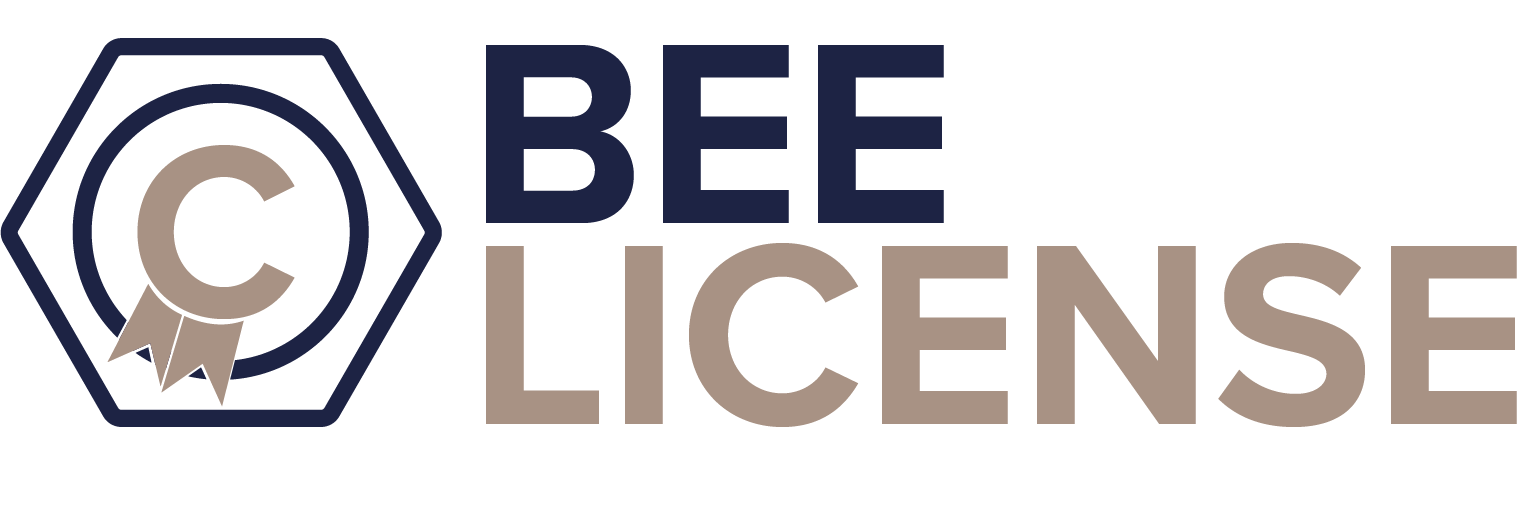Resources for Bee Projects
Access the open tools, data, and educational materials that power the Bee collaborative projects —
all licensed under the Lesser Open Bee License 1.3.
🌍 Introduction
The Bee-License Resources Portal connects users of the Lesser Open Bee License 1.3
with the open platforms where all Bee-related projects are developed, published, and maintained.
These resources are available through the official collaborative ecosystem:
- CollaborativeBee.com – the main hub for all open Bee projects and academic collaboration.
- Wiki.CollaborativeBee.com – the shared documentation platform hosting TRL reports, models, and open data.
All resources are governed by Chapter 2 – Lesser Open Source of the license, promoting transparent collaboration, reproducible research, and educational sharing across universities and partners.
🧭 Purpose of the Resources
These resources serve students, researchers, and engineers working under the Lesser Open Bee License.
They enable every participant to access the same information, tools, and best practices used throughout the collaborative ecosystem:
- Standardized templates for reports, presentations, and TRL documentation.
- 3D CAD models and aerodynamic datasets for Bee-Plane™, ISO-Plane™, and Mini-Bee™.
- Simulation tools and codebases for GPS 4D™ and open trajectory modeling.
- Guidelines for project audits and open publication requirements.
- Training materials for license compliance and collaborative engineering.
Through these shared resources, teams across different schools and countries can work together in a transparent and consistent way — advancing aerospace innovation through open engineering.
📘 The Collaborative Bee Ecosystem
All Bee projects are linked by a shared methodology defined by the Lesser Open Bee License 1.3 and coordinated by Technoplane SAS:
- Bee-Plane™ – modular mid-range passenger aircraft with detachable fuselage.
- ISO-Plane™ – modular cargo aircraft designed for ISO containers.
- Mini-Bee™ – hybrid VTOL for urban mobility and emergency operations.
- GPS 4D™ – private collaboration project for intelligent airspace and navigation.
- BeeCoin™ – collaborative value and royalty audit system.
- BeeTheory™ – open physics research program on quantum gravity and propulsion concepts.
Each project contributes to a collective ecosystem of open education and applied research — a global learning environment for sustainable aeronautics.
🛠 Tools and Open Platforms
Participants working under Chapter 2 (Lesser Open Source) can use the following open or academic tools for their Bee deliverables:
- Onshape: 3D CAD modeling for modular aircraft and system integration.
- SimScale: CFD and structural simulation platform for aerodynamic validation.
- BlenderGIS & QGIS: mapping, environmental modeling, and mission analysis.
- CesiumJS: web-based 3D visualization of trajectories and airspace environments.
- Next.js & Node.js: frameworks for developing collaborative dashboards and simulation interfaces.
All tools are documented and linked through the Collaborative Bee Wiki – Tools Section,
where participants can access tutorials, example datasets, and reusable code.
📚 Educational Materials
The Collaborative Bee Network provides free educational resources to help participants master the fundamentals of sustainable aircraft design and open project management:
- Future Aircraft Design Course – open learning program on aerodynamics, propulsion, and sustainability.
- Open Resource Library – best practices, student reports, and research archives.
- License & Compliance Guides – instructions for citation, audits, and TRL reporting.
All materials follow the ethics of open education: transparency, traceability, and collective knowledge creation.
🔗 Access and Permissions
Access to resources on CollaborativeBee.com and
Wiki.CollaborativeBee.com is granted to all participants working under the Lesser Open Bee License 1.3.
Each document, model, or dataset published through these portals includes an official attribution notice:
“Task achieved under the Lesser Open Bee License 1.3 – Chapter 2 Lesser Open Source – © Coordinator Technoplane SAS.”
Contributors must ensure their work is properly cited, version-controlled, and traceable through their institution’s repository or the Collaborative Bee Wiki.
🤝 How to Contribute
Anyone from an academic institution, research center, or industry partner can participate in Bee-licensed projects.
To contribute:
- Register through your school or partner institution’s Bee coordination program.
- Read the Lesser Open Bee License 1.3 document.
- Use the collaborative tools provided on Wiki.CollaborativeBee.com.
- Submit your results and documentation under Chapter 2 (Open Source) for review.
New contributors are always welcome — the ecosystem thrives on collaboration, creativity, and transparency.
📘 License and Coordination
All shared resources and tools are governed by:
“Lesser Open Bee License 1.3 – Chapter 2: Lesser Open Source – © Coordinator Technoplane SAS.”
The license ensures open access for academic and pre-competitive research while maintaining fair recognition of contributors and transparency of results.
All Bee projects are coordinated by Technoplane SAS – the originator of the license and central coordinator for all collaborative innovation activities.
Resources page – Bee-License.com | All open educational and research materials are published under the Lesser Open Bee License 1.3 – © Coordinator Technoplane SAS.
